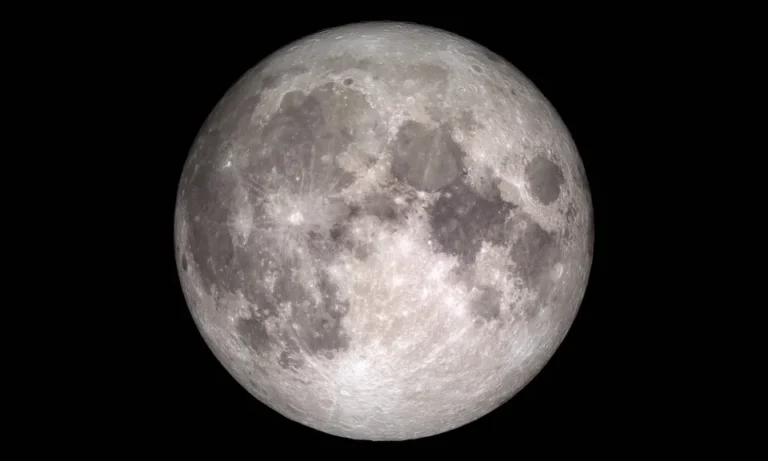Everything is based on relative standards.
A policy statement issued by the White House on Tuesday orders NASA to develop a new lunar time standard by 2026. Future lunar expeditions will have an official time reference thanks to Coordinated Lunar Time (LTC). It arrives at the same time as the US, China, Japan, India, and Russia are starting a space race in the twenty-first century.
In accordance with the memo, NASA must collaborate with the Departments of Commerce, Defense, State, and Transportation to develop a plan by December 31, 2026, for implementing LTC. There will also be an element of international cooperation, particularly with the signatories to the Artemis Accords. They were established in 2020 and serve as a set of guiding principles for space exploration and operations shared by an expanding number of (presently 37) nations. Russia and China are not included in that category.
OSTP Deputy Director for National Security Steve Welby stated in a White House press release that “it’s important that we establish celestial time standards for safety and accuracy as NASA, private companies, and space agencies around the world launch missions to the Moon, Mars, and beyond.” “Successful space situational awareness capabilities, navigation, and communications are all dependent on operators having a common definition of time. These elements are fundamental to enabling interoperability within the U.S. government and with international partners.”
According to Einstein’s theories of relativity, time varies in relation to gravity and speed. Time travels a little bit more quickly on the Moon due to its lesser gravity and the differences in motion between it and Earth. Therefore, it would appear that an Earth-based clock on the lunar surface would gain 58.7 microseconds on average every Earth day. Using a uniform standard will allow the US and other nations synchronize technology and missions requiring exact timing as they prepare Moon expeditions to investigate, explore, and (finally) build facilities for permanent settlement.
NASA’s chief of space communications and navigation Kevin Coggins told Reuters that “the same clock that we have on Earth would move at a different rate on the moon.” “Consider the U.S. Naval Observatory’s atomic clocks (in Washington). They keep everything in tune and are the nation’s heartbeat. You will desire for a heartbeat to exist on the moon.
All of Earth’s time zones are measured using Coordinated Universal Time (UTC), which the White House wants LTC to be in sync with. According to its document, it seeks scientific research and precise navigation made possible by the new time zone. Additionally, it requires LTC to be scalable for space environments “beyond the Earth-Moon system” and to have resilience in the event of a loss of communication with Earth.
For the first time since the Apollo flights of the 1960s and 1970s, NASA hopes to return crewed trips to the Moon with the Artemis program. The space agency said in January that the launch date for Artemis 2, a spacecraft carrying four humans around the Moon, has been pushed back to September 2025. The new date for Artemis 3, which aims to return humans to the Moon’s surface, is 2026.
As the world’s two leading nations rush toward space travel, China also plans to send astronauts to the Moon by 2030. India (which placed a module and rover on the Moon’s South Pole last year), Russia (whose mission around the same time didn’t go so well), the United Arab Emirates, Japan, South Korea, and private companies have all demonstrated lunar ambitions in recent years, even though no other countries have announced crewed missions to the lunar surface.
Apart from facilitating additional scientific investigation, technological advancement, and resource extraction, the Moon may play a crucial role as a transitory destination to Mars. Technology could be tested, and supplies and fuel needed for any human trips to the Red Planet may be obtained.

